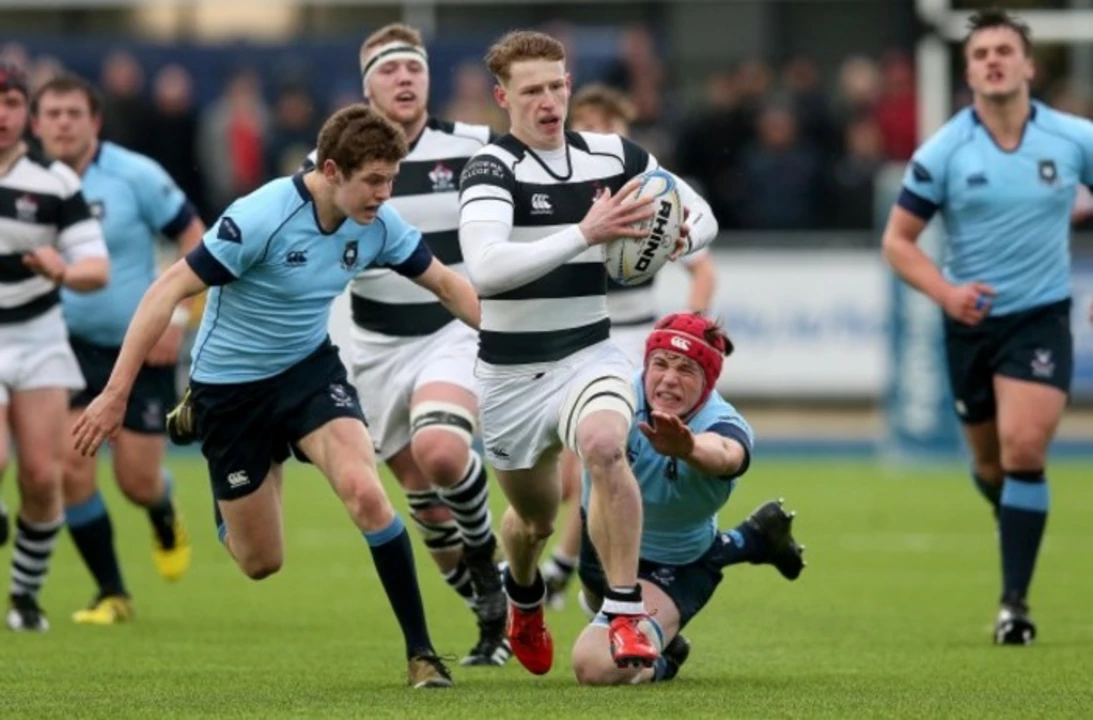
Introduction: The Art of Scoring in Rugby
In rugby, scoring is an essential part of the game. As a fan, you may have noticed that rugby players run to the middle of the end zone when they score a try. This seemingly small detail has a significant impact on the game, and understanding why players do this can provide a deeper appreciation for the sport. In this article, we'll explore the reasons behind this action and how it contributes to the overall strategy of rugby.
The Importance of Field Position
Before diving into the reasons behind rugby players running to the middle of the end zone, it's crucial to understand the importance of field position in rugby. A team's location on the field during a match influences their chances of scoring and their ability to pressure the opposing team. A better field position means that the team is closer to the opponent's end zone, making it easier to score. Additionally, having a good field position can make it more challenging for the opposing team to score, as they have to cover a more significant distance to reach your end zone.
The Rules of Scoring in Rugby
In rugby, scoring a try is worth five points. However, after a try is scored, the scoring team has the opportunity to earn an additional two points through a conversion kick. To do this, the kicker must successfully kick the ball through the goal posts from a spot perpendicular to the location where the try was scored. This is why rugby players run to the middle of the end zone - by doing so, they make the conversion kick easier for their kicker by placing the ball in a more central location.
Making the Conversion Kick Easier
The conversion kick is a critical part of scoring in rugby. Those two extra points can make a significant difference in the outcome of a match, especially in close games. By running to the middle of the end zone, the try scorer is giving their kicker a better angle for the conversion kick. This increases the likelihood of a successful kick, ultimately leading to more points for the team.
Applying Pressure to the Opposing Team
Another reason rugby players run to the middle of the end zone is to apply pressure to the opposing team. When a try is scored, the team that just conceded the points must restart the match with a kick-off from the halfway line. By scoring in the middle of the end zone, the try scorer forces the opposing team to cover more ground during the kick-off, making it harder for them to regain possession and launch an attack of their own.
Psychological Advantage
Scoring a try in the middle of the end zone can also provide a psychological advantage for the team. This show of prowess and control over the game can be demoralizing for the opposing team, especially if the try was the result of a long and well-executed play. This can lead to a decrease in the opponent's morale and confidence, making it easier for the scoring team to maintain their momentum and control the game.
Conserving Energy
Rugby is a physically demanding sport, and conserving energy throughout a match is essential. By running to the middle of the end zone, the try scorer is minimizing the distance their teammates need to travel to support the conversion kick. This can help the team conserve energy and remain fresh for the remainder of the match.
Creating Space for Teammates
In some cases, running to the middle of the end zone can create space for teammates to exploit. By drawing defenders towards the center of the field, the try scorer can create gaps in the opposition's defensive line. This can be especially useful during a counterattack, as it allows the attacking team to exploit the space and potentially score again quickly.
Conclusion: The Significance of a Simple Action
As we've explored in this article, running to the middle of the end zone in rugby serves a variety of purposes. From making the conversion kick easier to applying pressure on the opposing team and conserving energy, this seemingly small detail can have a significant impact on the outcome of a match. Understanding these nuances can enhance your appreciation for the sport and the strategic thinking that goes into every play. So, the next time you watch a rugby match, keep an eye out for this simple action and appreciate the thought and strategy behind it.
